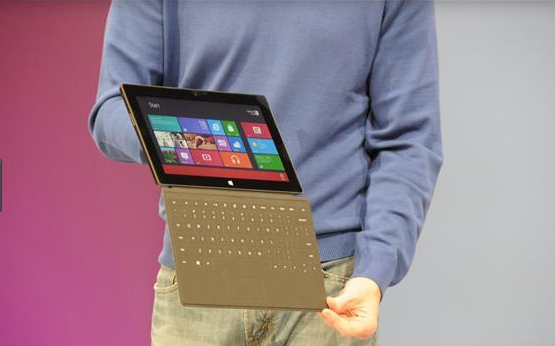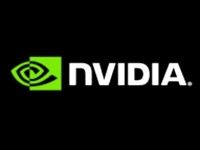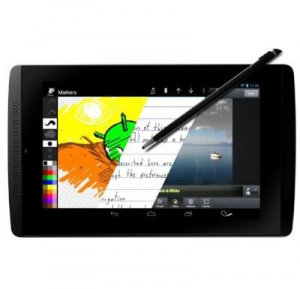Displaying items by tag: Tegra
Rumors that NVIDIA is moving to Samsung's 14nm FinFET are just that... Rumors
Last week there was an announcement by Global Foundries that they were licensing Samsung’s 14nm FinFET process for their own use. This immediately started the internet going with talk about how AMD would be using this new process despite there not being any indication that AMD was ready for 14nm for APUs, CPUs, or GPUs for that matter. Now, in true internet fashion the rumor mill has shifted from AMD to NVIDIA. The claim is that NVIDIA will soon utilize Samsung’s 14nm FinFET tech too.
nVidia talks auto pilots for cars at CES 2015
CES 2015 – Las Vegas NV
At the Consumer Electronics Show, nVidia showed off something that was interesting, but also confusing: The Tegra X1. This is a Maxwell based version of the Tegra that sports 256 Maxwell GPU cores, an 8-core 64-Bit CPU and is capable of pushing 4k 60Hz 10-Bit video in either H.265 or VP9. This new member of the Tegra family was hailed by nVidia CEO Jen-sun Huang as the first mobile superchip for its expected performance. Of course nVidia has always like to use the term “super” when talking about new products. I can remember them trying to coin the term Super Phone when Tegra 2 hit the market.
nVidia moves Tegra from Smartphones to Gaming and Automotive
Back when nVidia first launched the original Tegra SoC CEO Jen-Hsun Huang stated that it would change the face of media players, phones and tablets. He fully expected Tegra to become more than 50% of nVidia’s business (revenue) and put the green team to work making that happen. After a few months of hearing about the advantages of Tegra I was finally able to put one to the test in the form of the now-gone ZuneHD. It was an impressive experience and I still have and use that device on an almost daily basis.
Refreshed Nvidia Tegra Note 7 tablet brings LTE connectivity
The famous chip manufacturer, Nvidia has unveiled an upgraded version of their tablet device Tegra Note 7 which now has the ability to connect to 4G LTE mobile network and the latest version of the operating system Android 4.4.2 KitKat. The new device will be almost identical to the one presented in November last year, but with the addition of HSPA + and LTE connectivity.
Nvidia Tegra K1 better than competition
According to preliminary tests conducted by the website Tom's Hardware newest Nvidia Tegra SoC chip K1 is better than the competition from Qualcomm and Apple. In the graphical tests, Nvidia Tegra K1 achieved 48 fps, compared to Apple's A7 chip which in the same tests made 38 fps, while Qualcomm Snapdragon 800 was left behind with 24 fps.
Tegra based Note 7 tablet from Gigabyte is to be delayed
Tegra Note 7 comes with Nvidia Tegra 4 processor running at the clock speed of 1.8 GHz, 72 core GeForce graphics, 1GB of RAM and a 7 inch IPS HD screen with a resolution of 1280x800 pixels.
Xiaomi first to launch a smartphone with Tegra 4 SoC
 |
Chinese Xiaomi unveiled Android smartphone Mi3, the first such device powered by Nvidia's Tegra 4 chipset. Smartphone with other specifications also enters the upper segment of the market, and will be available in one more version with a processor Qualcomm Snapdragon 800.
Nvidia Shield OS is open source
 |
Nvidia Shield console is an interesting gaming system that supports all Android games, but also users can play all PC titles via streaming from the computer system, provided they are equipped with appropriate Nvidia graphic cards. These days the company announced that the operating system that runs Shield console will get the open source status, which means that anyone can use it for free, modify and adapt it in order to create their own games and programs.
nVidia CEO Reiterates Commitment to Microsoft Surface, Says Outlook Will Be Its Killer App
 |
After nVidia launched their own gaming product (SHIELD) rumors that nVidia will be making their own branded tablet started popping up. Most of these were centered on some very interesting improvements in the graphical power of their SoCs. For more than a few years the industry wondered why nVidia was not the hands down leader in the tablet graphics market. There was no direct competition from AMD and most of the other companies in the game did not have the same level of experience that nVidia had. Somehow their products, though good, were not the game leaders that nVidia and others felt they should be. Of course all of that is changing as nVidia showed us with Project Logon.
nVidia to License GPU Technology Out To Others
 |
nVidia is best known as the maker of heavy duty GPUs although most know about their mobile product Tegra (and the components that go into it). Between these two items nVidia has a very good product portfolio. However, nVidia has not always been limited to GPUs and SoCs. At one time they also developed and manufactured their own Chipsets. These were required to utilize SLI (Scalable Link Interface) that has its roots from 3dfx which nVidia grabbed when they bought the latter. nVidia’s chipset business did not last that long due to a number of reasons and they were eventually forced to let it drop and instead license the right to use SLI out to other companies.


